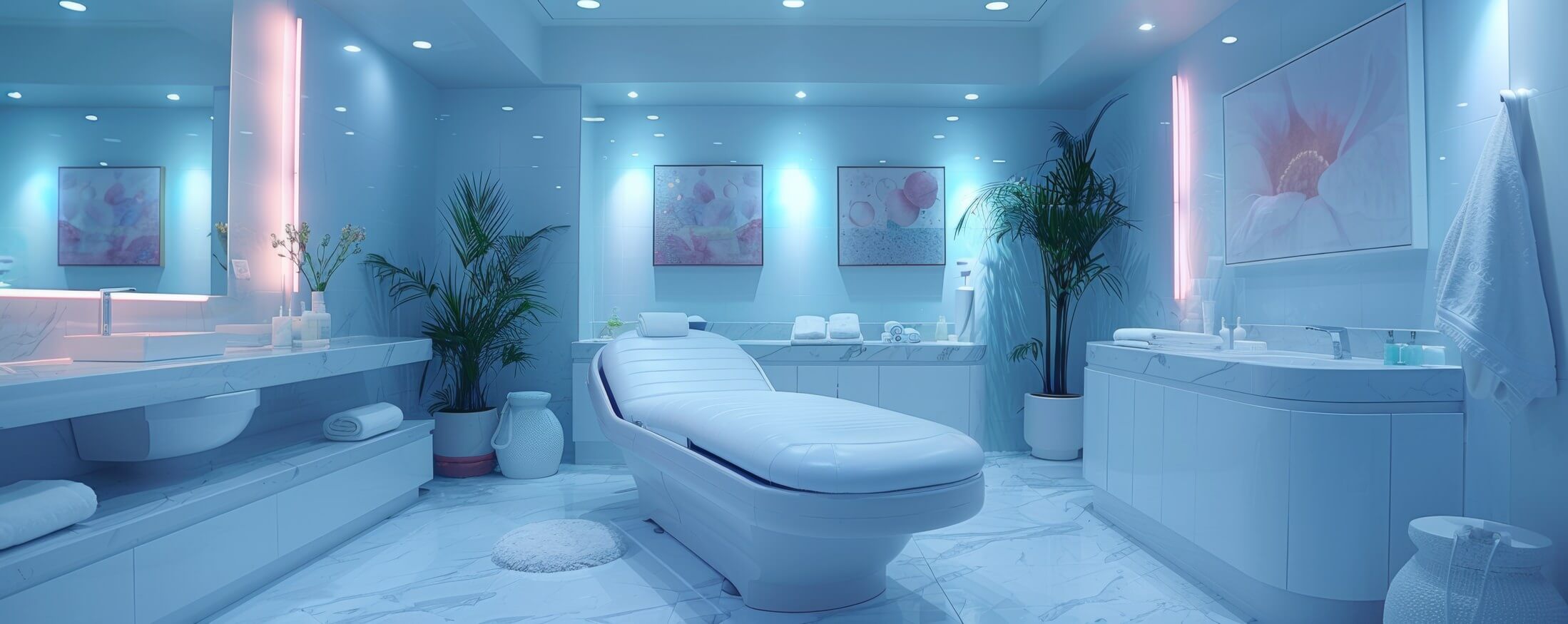In the world of wellness and relaxation, a massage table that is silent and vibration-free is essential to offer a pleasant and distraction-free experience. Whether in a massage center or in esthetic furniture, annoying noises can ruin the feeling of tranquility and comfort that clients seek. Therefore, it is crucial to take measures to ensure that your massage table is free from unwanted noises and vibrations.
Importance of a Quiet Environment
A quiet and serene environment is essential for clients to fully relax during their massage session. Noises and vibrations can cause distractions, interrupt the flow of the massage, and even cause additional stress and tension. Moreover, in some cases, noises and vibrations can be bothersome to therapists, which can affect their ability to provide a quality massage.

Common Causes of Noises and Vibrations of the Massage Table
There are several reasons why unwanted noises and vibrations can be generated. Some of the most common causes include:
- Design and materials: A massage table poorly designed or made with low-quality materials can be prone to popping, squeaking, and other annoying noises.
- Wear and tear and lack of maintenance: Over time, the parts and components wear out, which can cause noises and vibrations. Lack of proper maintenance can also contribute to this problem.
- Uneven surface: If the surface on which is placed is not perfectly smooth and level, it can cause vibrations and noises when moving or using the table.
- Noisy environment: Ambient noises, such as traffic, music, or nearby conversations, can filter through and be amplified by the massage table, disturbing the relaxation experience.

Effective Solutions to Reduce Noises and Vibrations
Fortunately, there are several effective solutions to prevent annoying noises and vibrations on a massage table. Here are some of the most effective:
1. Choice of High-Quality Materials
When selecting a new massage table, it is crucial to opt for high-quality materials and a solid design. Tables made with durable materials and well-constructed are less likely to generate noises and vibrations. Additionally, it is advisable to choose tables with built-in damping systems to minimize vibrations.
2. Regular Maintenance of the Massage Table
Regular maintenance is crucial to keep it in optimal condition and prevent premature wear of its components. This includes lubricating hinges and moving parts, adjusting screws, and periodically reviewing the structural integrity of the table.
3. Suitable Surface
Make sure to place the massage table on a perfectly smooth and level surface. This will prevent the table from wobbling or vibrating when in use. If necessary, use a stable and anti-vibration base or platform designed specifically for massage tables.
4. Acoustic Isolation
If the environment where the massage table is located is noisy, it may be necessary to implement acoustic isolation measures. This can include installing acoustic panels on the walls, using heavy curtains, or
placing rugs to absorb ambient sounds.
5. Choosing an Adequate Location
When selecting the location for your massage center or esthetic furniture, take into account potential external noises. Avoid areas close to busy streets, constructions, or noisy activities that may interfere with the relaxation experience.

Frequently Asked Questions (FAQ)
1. Why is it important to avoid noises and vibrations on a massage table?
Avoiding noises and vibrations on a massage table is essential to offer an optimal relaxation experience to clients. Noises and vibrations can be distractors and cause additional stress, ruining the sense of tranquility sought during a massage.
2. What types of materials are most recommended for a quiet massage table?
High-quality materials, such as stainless steel, solid wood, and premium density foam padding, are excellent choices for a quiet massage table. These materials are durable, long-lasting, and minimize noises and vibrations.
3. How often should the maintenance of a massage table be performed?
It is recommended to perform regular maintenance on the massage table at least every six months or as indicated by the manufacturer. This includes lubricating moving parts, adjusting screws, and reviewing the structural integrity of the table.
4. How can I acoustically isolate my massage center?
There are several options for acoustically isolating a massage center. Effective solutions include installing acoustic panels on the walls, using heavy curtains, and placing rugs to absorb ambient sounds.
5. What should I consider when choosing the location for my esthetic furniture?
When selecting the location for your esthetic furniture, it is crucial to consider potential external noises. Avoid areas close to busy streets, constructions, or noisy activities that may interfere with your clients’ relaxation experience.
By following these recommendations and taking appropriate measures, you can ensure that your massage table offers a quiet and vibration-free experience. This will not only improve your clients’ satisfaction but also create an environment conducive to wellness and relaxation in your massage center or esthetic furniture.



